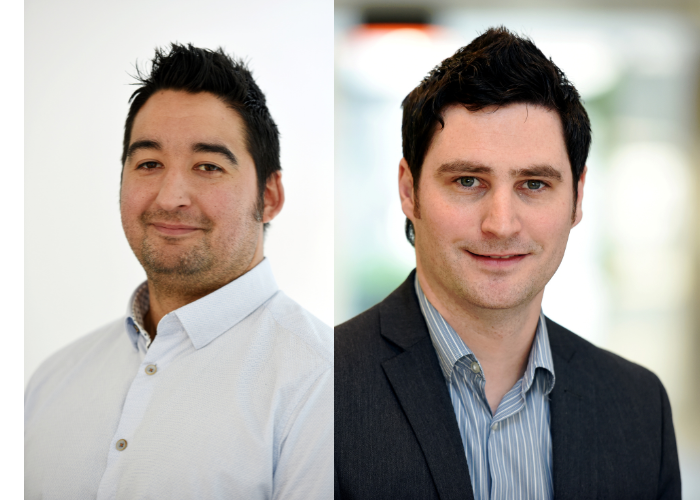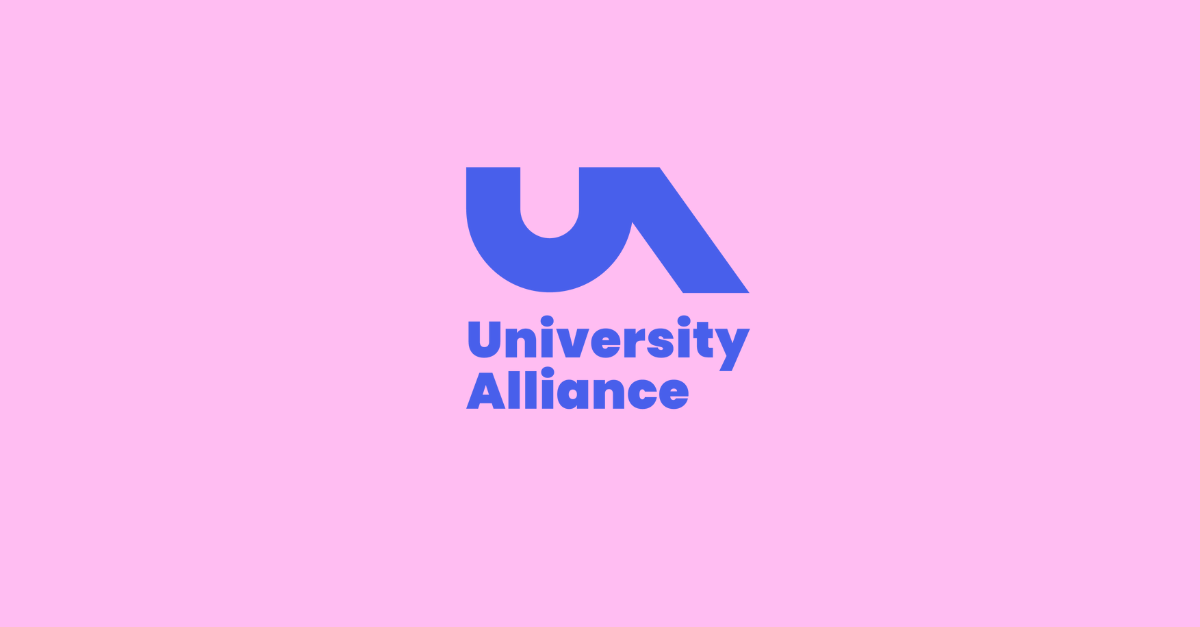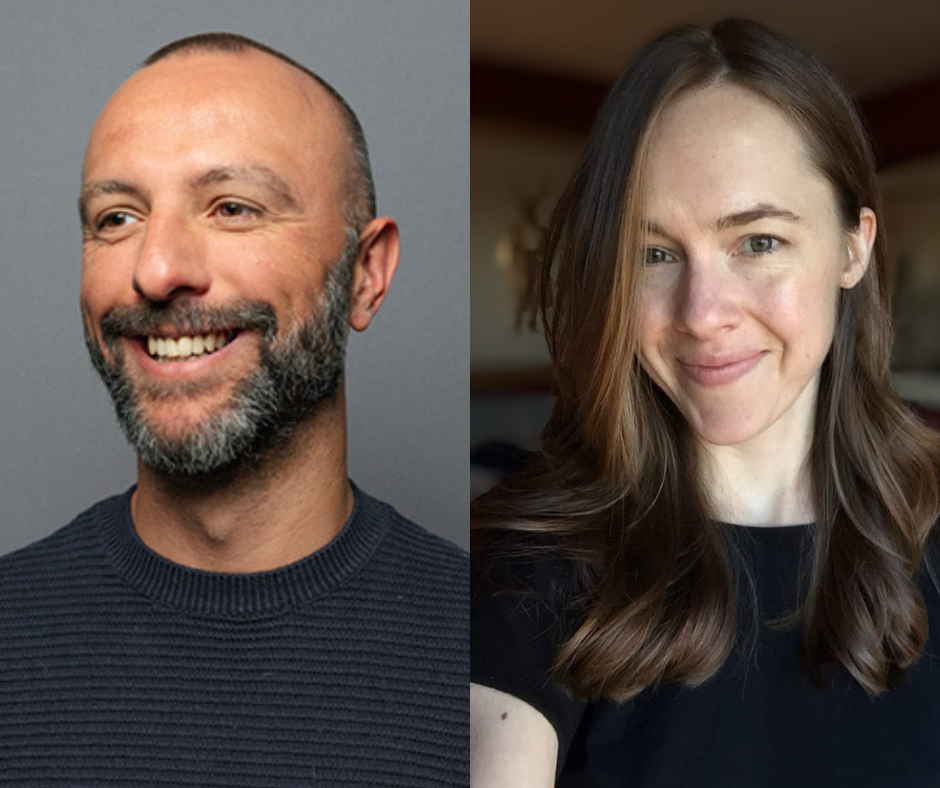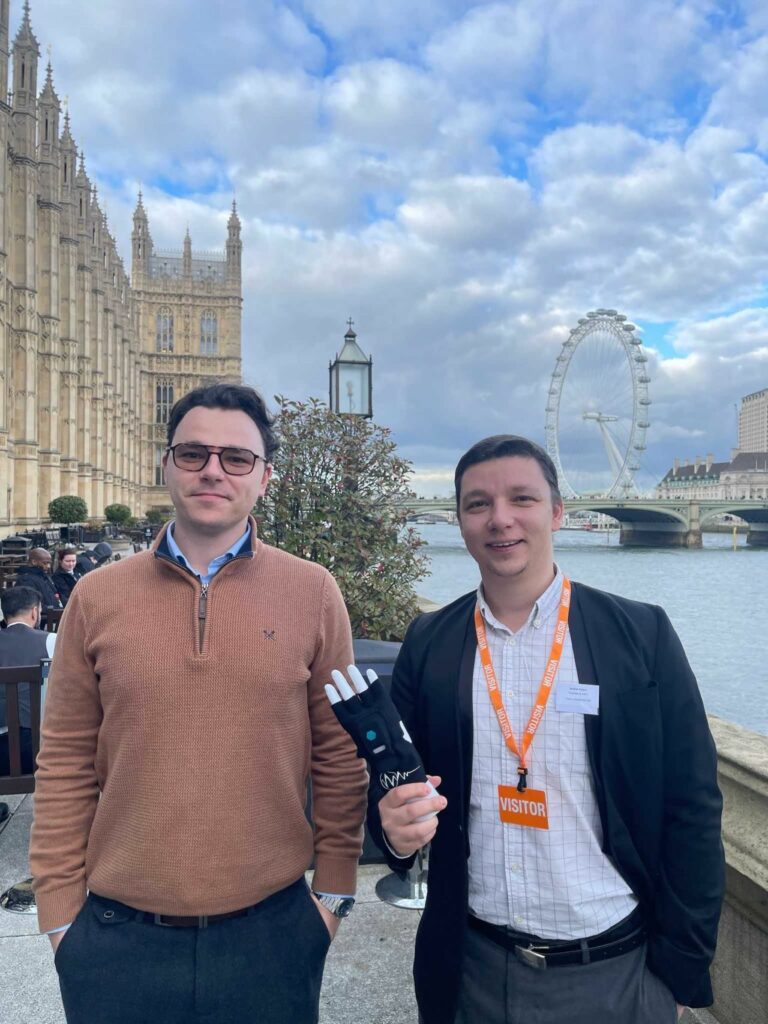Pandemic learnings
As the public Covid-19 inquiry grinds painfully on, it is appropriate for us in the Higher Education sector to conduct a little reflection of our own.
There is much about lockdown life we all want to forget: the grim headlines, the concern for our loved ones and ourselves, the questionable Netflix binges and loo roll shortages. But despite the countless negative impacts of lockdown, something interesting happened in our universities: on a number of courses across the sector, we found that the awarding gap for those from disadvantaged backgrounds actually narrowed. There are clearly some assessment practices developed during the pandemic that we might want to hold on to.
Through a QAA Collaborative Enhancement Project released in 2022, a group of University Alliance members identified a number of courses across our institutions where awarding gaps had narrowed and continuation had improved between 2019-20 and 2020-21. Then, through interviews with students and staff, we identified the common attributes that made assessment inclusive across these courses.
Now, with data from 2021-22, we are revisiting that work to find out how these practices are being applied in a post-lockdown world, and the barriers and enablers to doing so effectively.
What did we find?
Through the QAA collaborative enhancement project, we had already identified nine attributes of inclusive assessment:
- Embeds support
- Develops assessment literacy
- Provides formative opportunities
- Communicates meaningfully
- Enables personalisation
- Fosters digital capabilities
- Promotes authenticity
- Assumes considerate policies and processes
These attributes are as applicable now as they were during the pandemic, and we have identified a number of barriers and enablers to implementing them sustainably for the long-term.
By students for students
As you might expect, the key to enabling many of the above attributes is keeping students front and centre. Their needs ought to be prioritised on an equal footing with considerations like keeping to official assessment processes set out by professional bodies. (Incidentally, a significant portion of the funding for this project went towards a student research position for each institution involved, to ensure the student voice was front and centre.)
Collaborating with students on how they were assessed was an important enabler. This included adapting assessment styles to reduce anxiety during in-person assessment. In some cases, institutions allowed students to pre-record presentations, rather than present in-person. This kind of flexibility was proven to improve performance.
One programme described how they created a culture of academic work as a collaborative process, with multiple opportunities for formative feedback ensuring that the student is never “on their own” with their assignment. As a direct legacy of Covid, students are free to choose how they prefer to engage with feedback, be that via email or online/on-campus meetings.
Employability = inclusivity?
For all students, regardless of circumstance, it is important to feel that the course and assessment has been designed with their needs in mind. This goes beyond practical needs, such as accommodating for students with caring or work responsibilities in scheduling, and includes recognition of the long-term outcomes students might want to achieve as a result of their degree.
One feature that came up repeatedly in this context was employability. Students stated that when assessments were matched to what they might be expected to do in a career in the field they were studying, they felt more confident that they would be able to succeed in the future, and that the course was more authentic to their needs.
An example of this in practice is given in our Forensic Sciences case study: “Knowledge being applied within forensic casework or to capture forensic skills (such as court presentations) works to the students’ strengths and interests while reflecting the working environment that students will potentially navigate on graduation.”
A number of courses took this a step further, putting practices in place specifically to encourage students to reflect upon how what they had learned was relevant to their future employment. One colleague commented: “at the end of each practical …. or on the end of the script, we have [a] CV booster. So that tells them what skills they’ve ….learned in that session”
External factors
Many of the barriers identified across all nine attributes of inclusive assessment were a result of external factors.
Where certain requirements for the courses were dictated by a professional body, there was less flexibility to change certain elements to increase student choice. Being flexible according to a student’s personal situation was key to improved performance and reduced anxiety around assessment. Sadly, many staff members felt the power to flex in this space was out of their hands.
A recurring barrier to was that staff felt overworked and under-resourced. This prevented them from being able to take on further work to embed practices that allowed for more meaningful communication, more robust, personalised support or continual reflection on how their modes of assessment could be more inclusive.
This is a timely reminder of what is at stake as the sector gears up for a general election. We are all familiar with the arguments for more government resource: universities now lose money on every home undergraduate student they teach, tuition fees are now worth only £6k in real terms. It’s easy though, to lose sight of what that really means. Ultimately, it is students who feel the impact of under-resourcing, and disadvantaged students feel it most of all. Whenever staff do not have the time or resource to put into making assessment more inclusive, a struggling student suffers. That is the bottom line.
What now?
So, what now? We created this report to provide some practical insight to the sector, showcasing the inclusive assessment attributes that work on a practical basis, and which barriers need to be addressed. But it doesn’t stop here. This project was a continuation of earlier work, and it should continue to evolve. Inclusivity is a process that keeps changing, and we need to keep up with it. It always goes that if you adapt to improve access for the students with the most protected characteristics, it will naturally become more inclusive for everyone.




